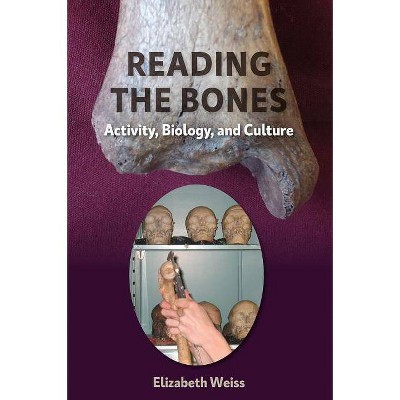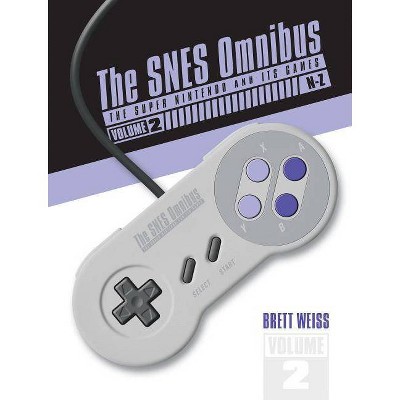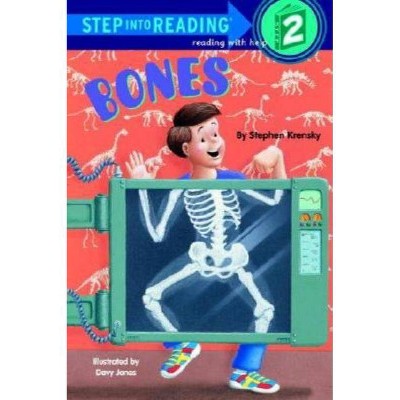Reading the Bones - by Elizabeth Weiss (Hardcover)

Similar Products
Products of same category from the store
AllProduct info
<p/><br></br><p><b> About the Book </b></p></br></br>In this textbook designed for upper level physical anthropology/forensic anthropology courses, Weiss explains the complex relationship between biology and activity. While activity markers sometimes show aspects of lifestyle, social change, and daily prehistoric life, this text will help future researchers to be more critical of their social reconstructions by using the same comparisons of biology versus environment that are found in social anthropology courses.<p/><br></br><p><b> Book Synopsis </b></p></br></br><p>What can bones tell us about past lives? Do different bone shapes, sizes, and injuries reveal more about people's genes or about their environments? <i>Reading the Bones</i> tackles this question, guiding readers through one of the most hotly debated topics in bioarchaeology.</p> <p>Elizabeth Weiss assembles evidence from anthropological work, medical and sports studies, occupational studies, genetic twin studies, and animal research. Examining the most commonly utilized activity pattern indicators in the field, she reevaluates the age-old question of genes versus environment. While cross-sectional geometries frequently inform on mobility, Weiss asks whether these measures may also be influenced by climate-driven body shape adaptions. Entheseal changes--at the locations of muscle attachments--and osteoarthritis indicate wear and tear on joints but are also among the best predictors of age and can be used to reconstruct activity patterns. Weiss also examines the most common stress fractures, such as spondylolysis and clay-shoveler's fracture; stress hernias or Schmorl's nodes; and activity indicator facets like Poirier's facets, Allen's facets, and Baastrup's kissing spines.</p> <p>Probing deeper into the complex factors that result in the varying anomalies of the human skeleton, this thorough survey of activity indicators in bones helps us understand which markers are mainly due to human biology and which are truly useful in reconstructing lifestyle patterns of the past.</p><p/><br></br><p><b> Review Quotes </b></p></br></br><br>"Succeeds in synthesizing a broad range of explanations of bone's variation and how to identify and observe them to conduct an efficient and complete preliminary analysis. . . . This book helps to draw the most accurate portrait of past population's ways of living and it expresses every necessary aspect through a critical review of what has been done and how those analyses and results interact."--<i><b>Anthropology Book Forum</i></b><br><p/><br></br><p><b> About the Author </b></p></br></br><b>Elizabeth Weiss</b>, professor of anthropology at San Jose State University, is the author of <i>Paleopathology in Perspective: Bone Health and Disease through Time</i>.<br>
Price History
Price Archive shows prices from various stores, lets you see history and find the cheapest. There is no actual sale on the website. For all support, inquiry and suggestion messagescommunication@pricearchive.us




















